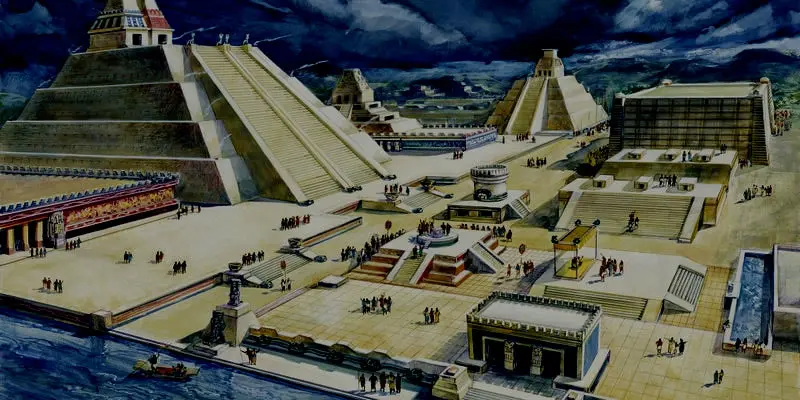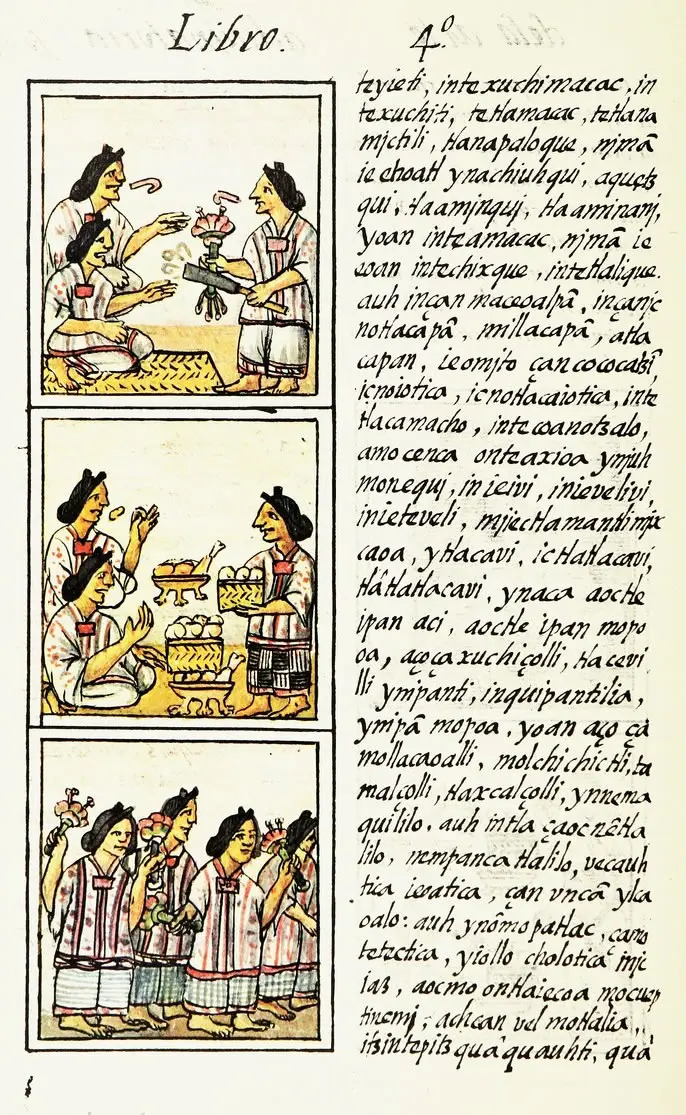What language did the Aztecs predominantly speak in their society?

The Aztecs spoke Nahuatl, a Uto-Aztecan language that is still spoken by over 1.5 million people in Mexico today. Nahuatl was the lingua franca of the Aztec Empire, which ruled central Mexico from the 14th to 16th centuries. It was also the language of literature, science, and religion for the Aztecs.
Nahuatl is a tonal language, meaning that the pitch of a word can change its meaning. It has a complex grammar, but it is relatively easy to learn to speak. Nahuatl is written in the Latin alphabet, with a few additional characters.
The Aztecs had a rich and vibrant culture, and their language reflects this. Nahuatl is full of poetic and expressive words and phrases. It is also a very flexible language, and it can be used to express a wide range of ideas and concepts.
History of the Aztecs Nahuatl Language

Nahuatl is a Uto-Aztecan language, which means that it is related to other languages such as Comanche, Ute, and Shoshone. It is believed that the Nahuatl people migrated to central Mexico from the north around 1,000 years ago.
During the Aztec Empire, Nahuatl was the lingua franca of the region. It was spoken by people from all walks of life, including the Aztec nobility, merchants, and peasants. Nahuatl was also the language of literature, science, and religion for the Aztecs.
After the Spanish conquest of Mexico in the 16th century, the use of Nahuatl declined. However, the language survived, and it is still spoken by millions of people in Mexico today.
Characteristics of the Nahuatl Language
Nahuatl is a tonal language, which means that the pitch of a word can change its meaning. For example, the word “tlacatl” can mean “man” or “woman” depending on the pitch of the first syllable.
Nahuatl has a complex grammar, but it is relatively easy to learn to speak. The language has a regular phonetic system, and the spelling is relatively straightforward.
Nahuatl is written in the Latin alphabet, with a few additional characters. For example, the letter “c” with a macron (ā) is used to represent the long “a” sound.
Influence of Nahuatl on Other Languages
Nahuatl has influenced Spanish and English in many ways. For example, the English words “chocolate,” “avocado,” and “chili” all come from Nahuatl.
Other Nahuatl-derived words in English include:
- coyote
- tomato
- mesquite
- taco
- tamale
- tequila
- vanilla
Here are some interesting facts about the Nahuatl language:
- Nahuatl is the most widely spoken indigenous language in Mexico.
- Nahuatl has influenced Spanish and English in many ways. For example, the English words “chocolate,” “avocado,” and “chili” all come from Nahuatl.
- There are many different dialects of Nahuatl, but they are all mutually intelligible.
- Nahuatl is a living language, and it is still spoken by people in many parts of Mexico today.
How to learn the Aztecs Language “Nahuatl”
If you are interested in learning Nahuatl, there are a few resources available to you. There are online courses, textbooks, and apps that can teach you the basics of the language. You can also find Nahuatl speakers in many parts of Mexico, and they are often willing to help people learn their language.
Learning Nahuatl can be a rewarding experience. It is a beautiful and complex language with a rich cultural heritage. If you are interested in learning more about the Aztec people and their culture, learning Nahuatl is a great place to start.
How do you say hello in Aztec?
“Niltze” or “Hao” mean “Hello” in Aztec Nahuatl dialect.
Aztec dialects
There are many different dialects of Nahuatl, but they are all mutually intelligible. The main dialects are Huasteca, Central, and Oaxacan Nahuatl.
Aztec literature
The Aztecs had a rich literary tradition, and there are many surviving works of Nahuatl literature. Some of the most famous works include the Cantares Mexicanos, a collection of Aztec poetry, and the Florentine Codex, a collection of Aztec history and culture.
Aztec culture
Nahuatl culture is still vibrant today, and there are many Nahuatl communities in Mexico that preserve their traditional language and customs.
Conclusion
Nahuatl is a beautiful and complex Aztec language with a rich cultural heritage. If you are interested in learning more about the Aztec people and their culture, learning Nahuatl is a great place to start. There are many resources available to help you learn the language, and there are many Nahuatl speakers who are willing to help.
References






